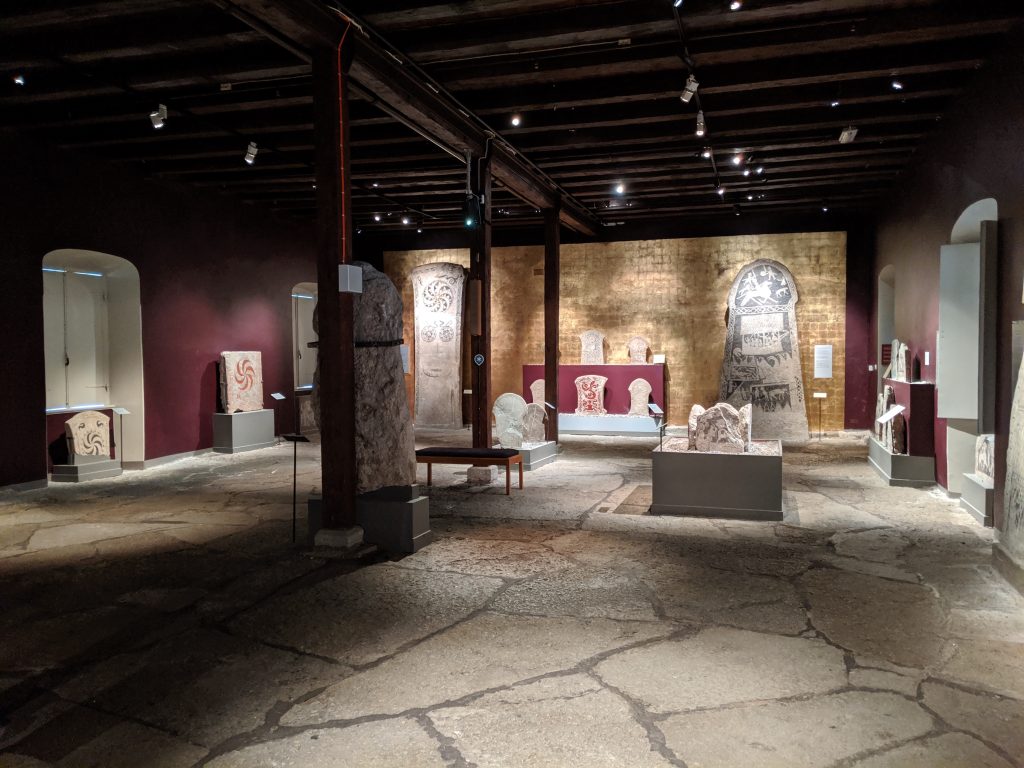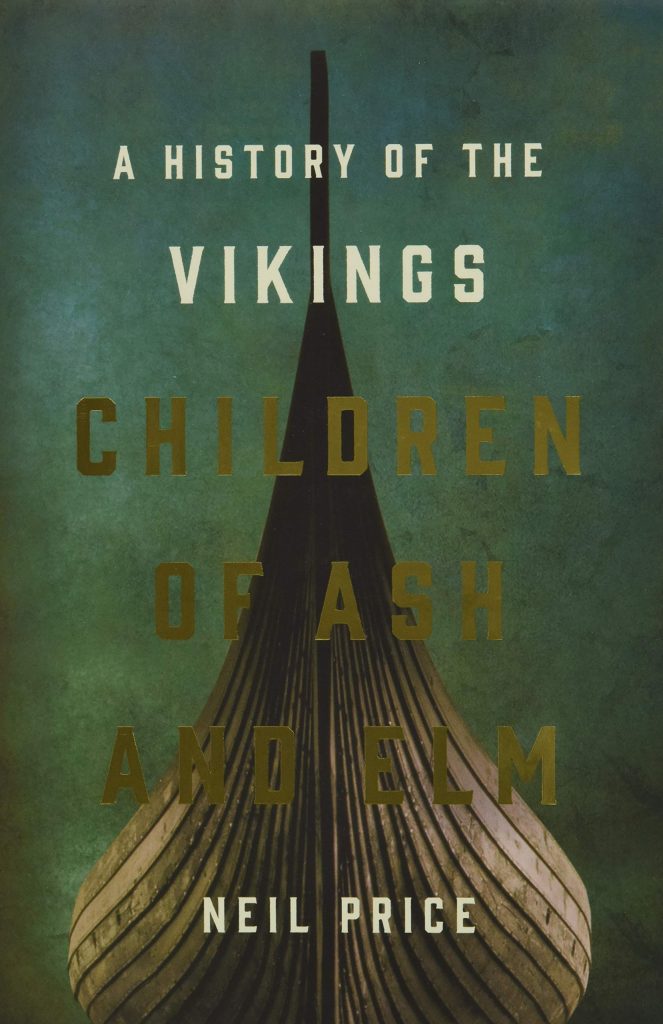The Children of Ash and Elm: A History of the Vikings by Neil Price attempts the impossible, a synthesis of all there is to know about the Viking Age presented in a way that anyone could read. I found it to be a great success, and a parallel to SPQR by Mary Beard for the Roman world.
I love the world of, as I shall call it, Early Medieval Northern Europe. In large part, I can probably thank my professors like Professor Nicholson and Professor Anatoly Liberman who both taught me courses on this time period. Even without a great professor, this is a world almost anyone can love, and for proof, I call forth the Lord of the Rings which was directly inspired by the history and mythology of these times. For me, the great thing about this age is how modern it feels compared to many other periods of the past.
As Price points out in his book, a Viking age person could travel far and wide. He gives an example of a women whose travels ranged from Greenland and even Vinland in North America, down to the southern reaches of the Mediterranean to Egypt. Notable indeed how this was a woman. While bound by hierarchies, people in the Viking age still seem to have had far more opportunities and choices about what to become than almost anyone else in the past up to the modern day. The society also appears to be fairly permissive in the range of expression it allowed.
These were people who lived in a harsh place in a harsh time, and yet lived colorful lives full of art. They loved poetry and memory. I have always found Norse styles to be some of most beautiful and creative – interlacing, heavily symbolic designs. That symbolism really typifies the Norse worldview from what I understand. Whereas many of their southern counterparts try to shape the world to fit their beliefs, here the focus was more on mixing human and natural world together. They lived in a story and mythology that made both their own lives and the world around them greater for it.
Well, maybe not all of the world was better for them. It is pretty much undeniable that the Vikings had a penchant for violence and for slavery. They founded Iceland as a republic, which sounds great but yet it struggled for having a high degree of murder and feud. It also appears to have depended heavily on Irish slaves for its founding. In some ways, this is exactly the appeal of learning about the Vikings. They were a society with many great ideals and independence, like our own times, that also struggled with conflicts between the disagreeing idealists and with a good degree of hypocrisy and capitalistic plundering throughout.

Is The Children of Ash and Elm the best place to start on the Viking world? It is hard for me to say, I have a minor in medieval history, so while not an expert, I am not exactly new here either. It was exactly what I wanted. History is a jigsaw puzzle pieced together from many fragmentary puzzle pieces, and this book really shows you the entire puzzle and reasons behind the proposed connections. Compared to a truly academic volume, here alternative viewpoints or interpretations are shown but only lightly contested. Price really isn’t trying to prove anything new here, rather he is building the puzzle from many smaller connections most already well supported by others.
The prose flows well, but this is not really a book to read if you want a page turner. There are just too many facts and ideas there, page after page, and if you rip through it, you will most likely miss out on quite a bit that you don’t have a chance to process. I also had the audiobook and found it to be a good read – only because I had both the ebook and the audio. Just audio might make it hard to keep track of everything.
As far as I can tell, negative reviews mostly come from people expecting something a bit simpler and less ambitious than the full reality. Those looking just for Viking battles in England will be disappointed those only get a chapter. Those looking for validation of their conservative, quasi-Nazi beliefs were also disappointed. Yes, gender norms definitely were flexible in Viking times, and that really shouldn’t be surprising to anyone who has heard any of the lore around the Norse gods, like Loki. This isn’t explicitly a ‘liberal’ reading of the Vikings as these people accuse, Price definitely acknowledges how much of the Viking world was driven by masculine (and much more rarely, feminine) violence. Price doesn’t really condemn this violence, nor does he applaud it, here it is mostly just a major mechanism by which the Viking world entered into the global stage.
The mechanistic, view of history is something I love here, the culture of the Vikings as a massive system of complex pieces. I do get distracted, however, with the occasional aside into which a Viking reasoning is explained by putting it in modern terms. Price essentially tries to propose what an ancient person may have been thinking, using modern idiom, and I find it distracting. On the other hand, I do appreciate how well he has chosen individual stories and pieces of evidence to give the reader a more personal connection to. Price tries very hard to make this history feel alive, perhaps a bit too hard at times, and I would say he succeeds. Although to caveat this statement, it may feel alive to be because I have already visited many of the places this book discusses – Gotland, the Oslo Ship Museum, Roskilde, Uppsala, York, Kiev, Iceland, Estonia… I particularly recommend Gotland, the National Museum of Denmark, and the Oslo ship museum.
One of the many joys of reading was how modern this book felt. Partly that comes from the sources used – information from modern scientific analysis mixes seamlessly with the ancient Norse texts. Partly it is the way in which he attempts to approach the Vikings from many perspectives – climate, gender, religion, trade, households and property, battles, and kings.
Ultimately, what I love about this book and what some people may hate is just how overwhelming it is. It is a feast of knowledge. This book tries to answer the question, what did it feel like to be living in the Viking world? And unsurprisingly, it is complicated, but a fascinating journey nevertheless.

